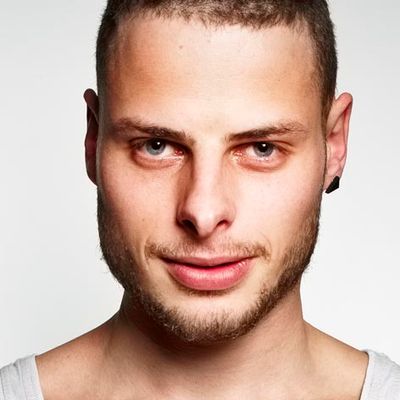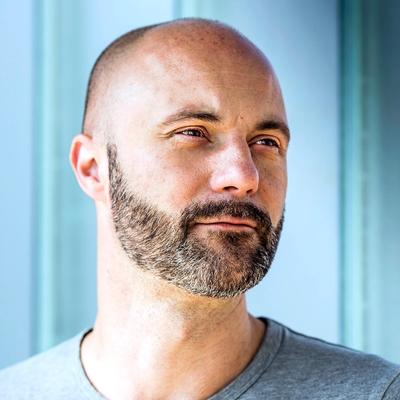Biomodd [RSL9]
![Biomodd [RSL<sup>9</sup>]](https://cdn.sanity.io/images/t39t9igo/production/539e2dcef72f3e5341d9ad69001d2c94d9f7523e-1080x720.jpg?w=1152)
resources | |
|---|---|
| Greenline toont kunst in de stad | |
| Catalogue Greenline (pag. 34-35) | |
| Biomodd [RSL9] video | |
Biomodd [RSL9] was created for The Green Line cultural event in Roeselaere, Belgium. It was part of an exhibition with artworks from the collection of the MuHKA Museum of Contemporary Art in Antwerp, and was the only newly commissioned art installation. Because Roeselare was located in an area of Belgium with intense agriculture, Biomodd [RSL9] had a distinct focus on urban farming. Together with the local community from Roeselare, SEAD created a Biomodd installation in which a wide variety of crops and edible plants that were being grown: tomatoes, cucumbers, beans, grapes, kiwi, berries, chili peppers, herbs and spices. Part of the tomato plants were grown with fish water using a compact aquaponics system. Special LED grow lights optimized growth conditions, while reducing the energy needs of the installation. Biomodd [RSL9] also made two mobile rovers which where connected to the central structure. The Green Line is an event organized by De Spil cultural centre focusing on ecology and urbanization. Apart from the art exhibition, ecologically themed pop-up interventions have been set up throughout the city, with additional workshops.
Patricia Carron, Arthur Debaere, Lieven Desmet, John Detaellenaere, Jintse Lievens, Jana De Wulf, Niek Dhondt, Lieven Lamote, Alexeï Laptev, Emeline Muylle, Vincent Vandesompele,, Wout Vandesompele, Nitai Whitlock, Demeester Bieke, Jonas de Spil, Pieter Vanallemeersch, Sonja Taveirne, Thomas Gerard, Tom Van Laere, Lisanne Corijn, Angelo Vermeulen






